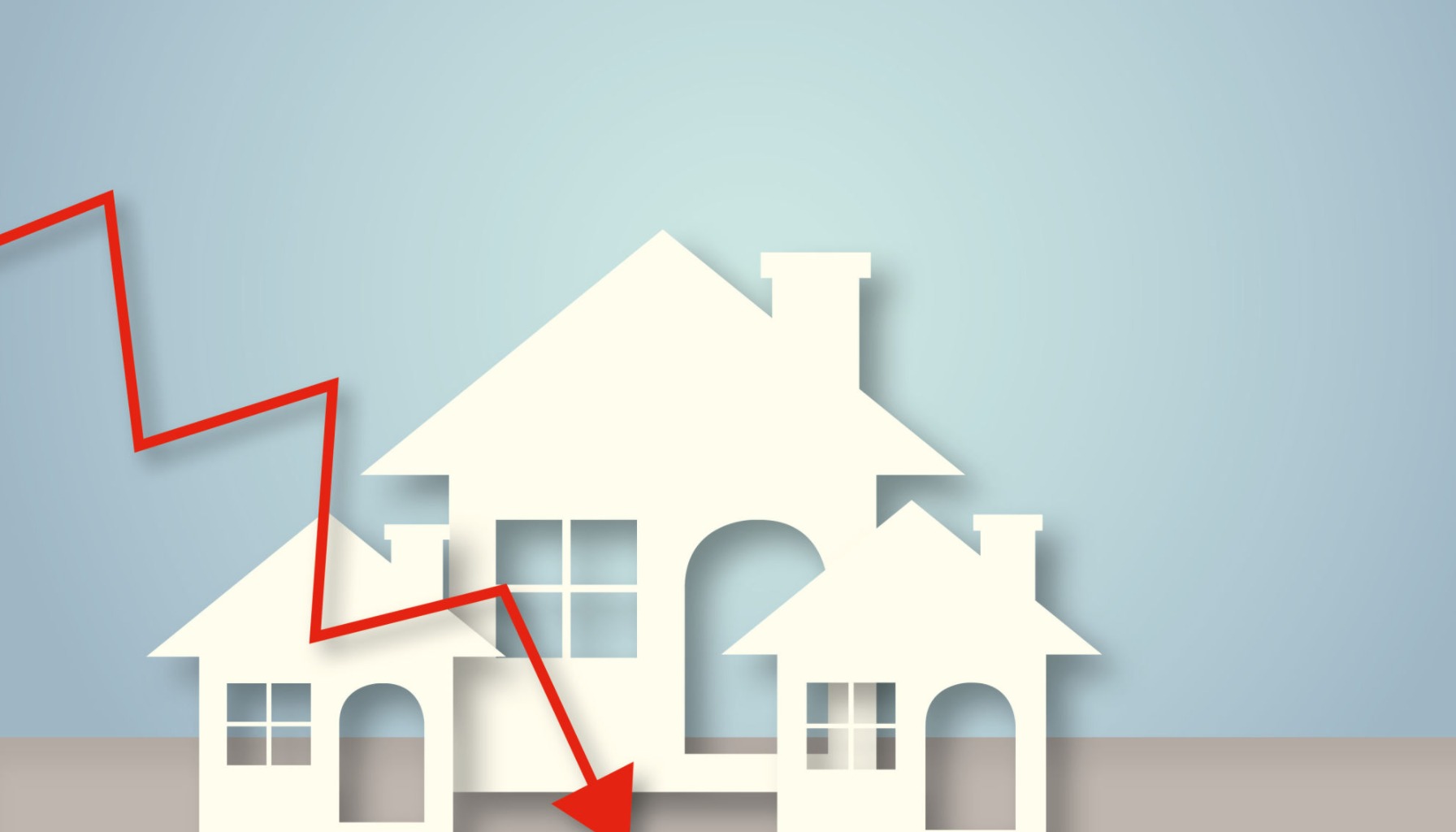T
he big question as October 2025 approaches is whether mortgage rates will finally slip below 6 %. The short answer: a sharp drop is unlikely; rates will probably stay in the mid‑6 % range, maybe easing slightly or stabilizing.
Mortgage rates are driven by several forces, not by any single institution. The Federal Reserve’s policy rate influences bank borrowing costs, which in turn affect mortgage pricing. On September 17, 2025, the Fed cut its target range by a quarter‑point to 4.00‑4.25 %, easing pressure on rates. Mortgage rates track 10‑year Treasury yields; the yield was about 4.18 % on September 25. Inflation remains above the Fed’s 2 % goal at 2.9 % year‑on‑year, and unemployment sits at 4.3 %, both factors that keep rates from falling too quickly.
Recent data show a cooling trend. Freddie Mac’s weekly survey reports the average 30‑year fixed rate at 6.30 % for the week ending September 25, down from 6.56 % on August 28. The week‑to‑week path has been volatile: 6.56 % (Aug 28), 6.50 % (Sep 4), 6.35 % (Sep 11), 6.26 % (Sep 18), 6.30 % (Sep 25). This fluctuation makes precise October forecasting difficult.
Expert consensus points to mid‑6 % rates for the near term. Fannie Mae projects 6.4 % by year‑end 2025, with a possible dip to 6.4 % in 2026. The Mortgage Bankers Association expects 6.5 % by December, while Freddie Mac itself sees a slight rise to 6.4 % by year‑end. Overall, most analysts anticipate rates between 6.0 % and 6.5 % through 2025, assuming no major shocks.
My view aligns with this consensus. The Fed’s recent cut has already absorbed much of the expected easing, and the market tends to price in such moves early. I foresee a period of relative stability or modest declines, keeping rates in the 6.2 %–6.5 % band. Inflation still above target, bond yields sensitive to geopolitical and economic shifts, and the Fed’s future actions remain uncertain, all tempering any sharp fall.
What does this mean for consumers?
• **Homebuyers**: A 0.25 % drop on a $400,000 loan saves roughly $60 a month. Falling rates could also spur a surge in home sales, with Fannie Mae estimating a 500,000‑unit jump in 2026 if rates stay below 6 %.
• **Refinancers**: Those holding rates above 7 % may find the mid‑6 % range attractive again, especially after the September cut.
• **Sellers and builders**: Lower rates boost buyer demand and can reduce borrowing costs for new construction, though affordability remains a challenge in high‑cost markets.
Looking ahead, mortgage rates have historically swung widely—from nearly 19 % in the 1980s to under 3 % during the pandemic. Many economists expect a gradual decline into 2026, with rates hovering around 6 % as inflation eases toward the 2 % target.
**Practical tips**
1. **Stay informed**: Follow key economic releases and weekly rate surveys, but avoid reacting to every daily change.
2. **Act when rates are favorable**: If you spot a rate you like in October, consider locking it in.
3. **Explore alternatives**: Adjustable‑rate mortgages may offer lower initial rates if you plan to refinance or sell early.
4. **Improve your profile**: A higher credit score and larger down payment increase your chances of securing the best rate.
In summary, while a dramatic plunge below 6 % in October is unlikely, rates are expected to remain stable or decline modestly, staying in the mid‑6 % range. Stay prepared, keep an eye on market signals, and be ready to seize opportunities when they arise.
**Investing in Rental Properties**
With rates expected to stay high, strategic real‑estate investments can provide steady cash flow. Norada offers turnkey rental properties in resilient markets, helping you build passive income and protect wealth from borrowing cost swings. Call (800) 611‑3060 to speak with an investment counselor—no obligation.













